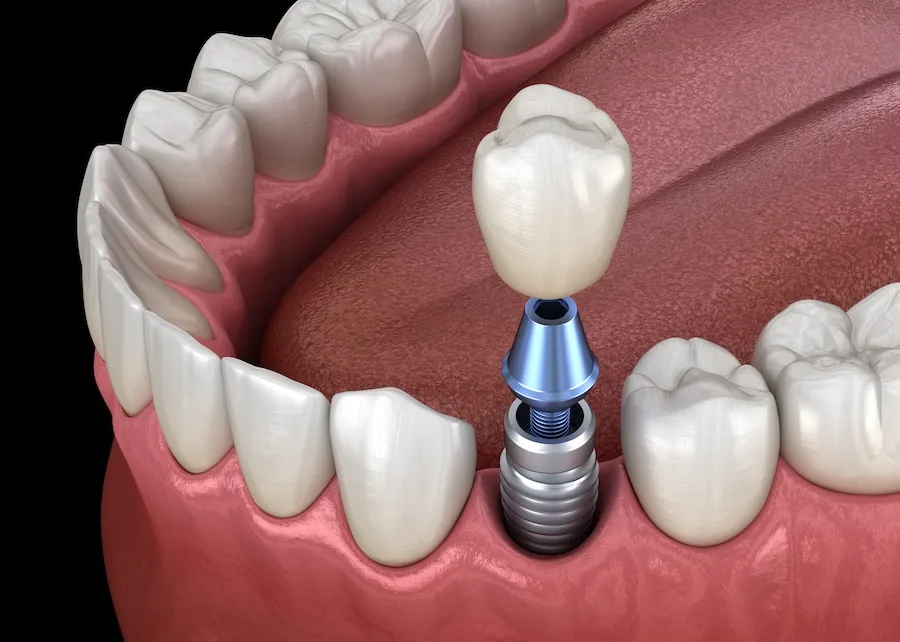How Body Imaging Assists in Monitoring Pregnancy Complications
Pregnancy is a time of significant change in a woman’s body, and aiding the good health of both mother and baby requires close monitoring. One of the tools medical professionals use for this purpose is body imaging. This technology provides a visual representation of the inside of the body, helping healthcare providers observe and assess potential issues during pregnancy. Here is more information on what this imaging is, the types of technology used in pregnancy, how it helps monitor complications, and the benefits it offers expectant mothers.
What Is Body Imaging?
Body imaging refers to advanced diagnostic techniques that capture detailed images of the body’s internal structures. These images allow medical professionals to examine tissues, organs, and systems without the need for invasive procedures. This technology plays a key role in understanding and addressing a variety of health situations, including those that may arise during pregnancy. Its ability to provide comprehensive internal views makes it a valuable tool for prenatal care.
What Are the Different Types?
Several types of body imaging can assist during pregnancy. Understanding how these methods work and their specific purposes provides insight into their applications.
- Ultrasound: This technology uses sound waves to create images of the baby and surrounding tissues. It helps monitor fetal growth, detect anomalies, and assess the health of the placenta and amniotic fluid levels.
- MRI (Magnetic Resonance Imaging): MRI uses magnetic fields and radio waves to create detailed images of internal structures. During pregnancy, MRI can offer additional information if an issue is identified through other methods, providing greater clarity without radiation exposure.
- CT Scans: CT scans use multiple X-ray images to produce a three-dimensional image. Although not routinely used in pregnancy, they may be employed in specific situations where detailed imaging is needed and other methods are not feasible.
- X-Rays: X-rays are less frequently used during pregnancy due to concerns about radiation exposure. In certain medical emergencies, low-dose X-rays may help diagnose conditions unrelated to pregnancy that could impact maternal health.
How Does It Monitor Pregnancy Complications?
Body imaging allows healthcare providers to observe pregnancy closely and detect complications early. Ultrasounds help identify irregularities in fetal development, such as growth restrictions or structural abnormalities, allowing for timely intervention. Imaging methods like MRIs provide comprehensive views of maternal organs, offering insights into conditions such as placenta previa or placental abruption. By highlighting these complications early, medical teams can create tailored care plans that prioritize maternal and fetal health.
What Are the Benefits of Imaging During Pregnancy?
Body imaging offers multiple advantages during pregnancy, particularly in aiding accurate and timely assessments. These images allow healthcare providers to visualize what is happening inside the body, offering a clear understanding of the pregnancy’s progress. This clarity contributes to informed decision-making and better outcomes for mother and baby.
This type of imaging supports preventive care. By identifying potential risks early, imaging enables medical professionals to intervene before complications escalate. This proactive approach may reduce the likelihood of adverse outcomes. The visual information obtained during imaging consultations can help mothers better understand their pregnancy and feel knowledgeable about their care.
Learn More Today
Body imaging offers expectant mothers a way to stay informed throughout their pregnancy. From monitoring the baby’s development to addressing potential complications, its role in prenatal care is beneficial. If you’re curious about what imaging options might be right for you, consult with a trusted healthcare provider. Their expertise will guide you toward making the best decisions for your unique pregnancy needs.











Post Comment